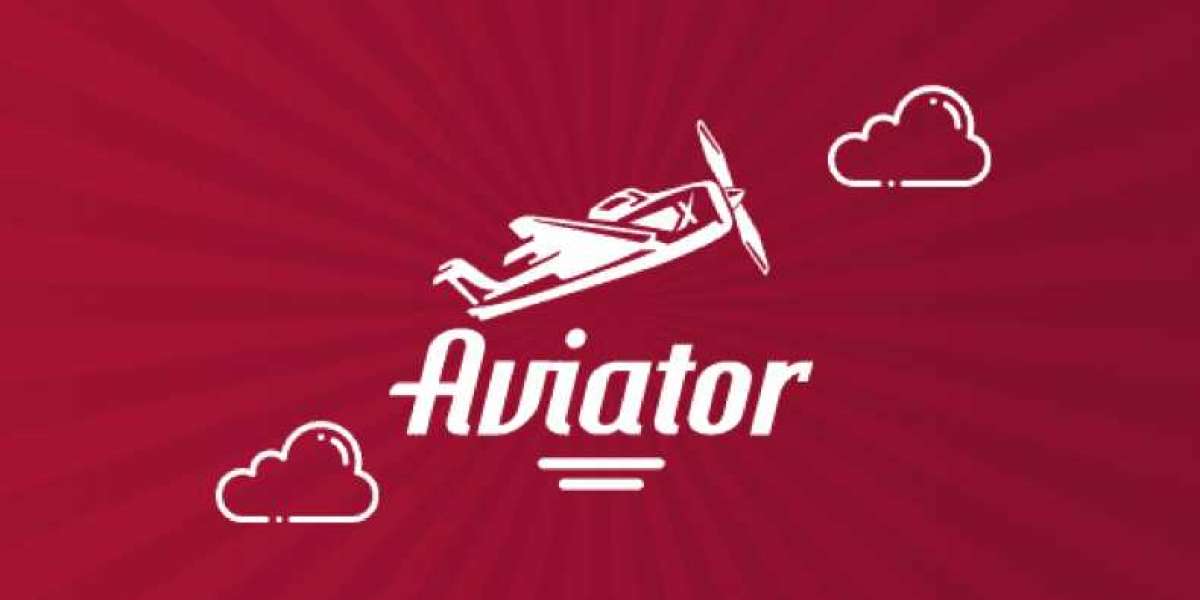Introduction to the Omnipod Dash System
Managing diabetes can be complex, but modern technology is making it easier than ever. The Omnipod Dash system, which includes the Pods and the Personal Diabetes Manager (PDM), offers a tubeless, user-friendly solution. This article will delve into how Omnipod Dash Pods work, their components, and why they stand out.
What is the Omnipod Dash System?
The Omnipod Dash system is an innovative insulin delivery system that helps people with diabetes manage their condition seamlessly. It consists of two main components:
The Pod: A waterproof, wearable device that delivers insulin.
The PDM (Personal Diabetes Manager): A handheld device used to control the Pod.
Key Features of Omnipod Dash
Tubeless Design
One of the most significant benefits of the Omnipod Dash is its tubeless design. Unlike traditional insulin pumps that come with cumbersome tubing, the Omnipod Dash system provides freedom of movement.
Waterproof Pods
The Pods are waterproof, allowing users to shower, swim, or exercise without interruption.
User-Friendly PDM Interface
The PDM is intuitive and operates similarly to a smartphone. It is easy to navigate, making it simple for users to program their insulin delivery.
How Do Omnipod Dash Pods Work?
Step 1: Filling the Pod with Insulin
Each Pod can hold up to 200 units of insulin. Users fill the Pod with insulin using a syringe provided in the kit. Once filled, the Pod is primed and ready for attachment.
Step 2: Pod Placement on the Body
The Pod can be worn on various body sites, such as the abdomen, arms, or thighs. Placement flexibility is essential for comfort and optimal insulin absorption.
Step 3: Adhesion and Activation
The Pod has an adhesive backing that keeps it securely attached to the skin. Once in place, the user activates it through the PDM, which sends a wireless signal to start the insulin delivery process.
Step 4: Automated Cannula Insertion
Once activated, the Pod automatically inserts a small, flexible cannula into the skin. This feature ensures that insulin is delivered subcutaneously.
The Role of the PDM (Personal Diabetes Manager)
Programming Insulin Delivery
The PDM allows users to program both basal (continuous) and bolus (mealtime) insulin doses. This level of customization helps meet individual needs and maintain blood sugar control.
Monitoring Blood Glucose Levels
The Omnipod Dash system can integrate with continuous glucose monitoring (CGM) devices, giving users a comprehensive overview of their blood sugar trends.
User Alerts and Notifications
The PDM notifies users of any issues, such as low insulin levels or occlusions, ensuring that users can take action promptly.
Advantages of Using Omnipod Dash
Increased Freedom and Flexibility
Because the system is tubeless, users have the flexibility to move without being tethered to an insulin pump.
Discreet Insulin Delivery
The small, discreet design of the Pod allows users to wear it under their clothes without drawing attention.
Simplified Operation
The PDM’s smartphone-like interface makes it easy to operate, even for those who are not tech-savvy.
Comparing Omnipod Dash to Other Insulin Pumps
Tubeless vs. Tubed Pumps
Traditional insulin pumps often involve long tubing that can be cumbersome and restrictive. The Omnipod Dash’s tubeless design eliminates these issues, offering users more comfort and mobility.
Water Resistance
While many pumps offer water resistance, not all of them allow for complete submersion. The Omnipod Dash Pod’s waterproof capability sets it apart.
Ease of Use
The PDM’s interface is user-friendly, whereas some traditional pumps require more complex programming.
Tips for Effective Use of the Omnipod Dash System
Ensure Proper Pod Placement
Choose a site that is free of scarring and rotates regularly to maintain good insulin absorption.
Monitor Insulin Levels
Keep an eye on the PDM for notifications about insulin levels to avoid running out unexpectedly.
Stay Updated with Software
Ensure your PDM is updated with the latest software to access new features and improvements.
Challenges and Solutions
Potential Adhesion Issues
Some users may experience issues with the adhesive not sticking properly. Using additional skin prep solutions or medical adhesive patches can help maintain strong adhesion.
Occlusion Alerts
If you receive an occlusion alert, it may indicate an issue with the cannula. Replacing the Pod and ensuring it is correctly placed can resolve this problem.
Frequently Asked Questions
1. How long does an Omnipod Dash Pod last?
Each Pod is designed to last up to 72 hours (three days).
2. Can the Omnipod Dash system integrate with CGM devices?
Yes, the system can integrate with compatible CGM devices for a more comprehensive diabetes management approach.
3. Is the Omnipod Dash waterproof?
Yes, the Pods are waterproof, allowing users to engage in water-based activities.
4. Can I reuse the Pods?
No, each Pod is single-use and should be disposed of after 72 hours or when the insulin runs out.
5. How do I troubleshoot connection issues between the Pod and the PDM?
Ensure that both devices are within range, and try restarting the PDM if necessary.









